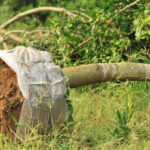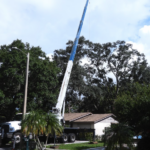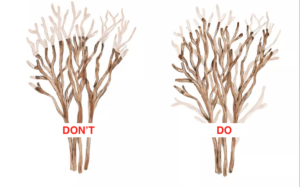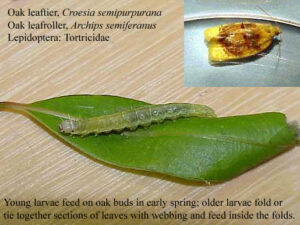Can Ganoderma Infect Other Trees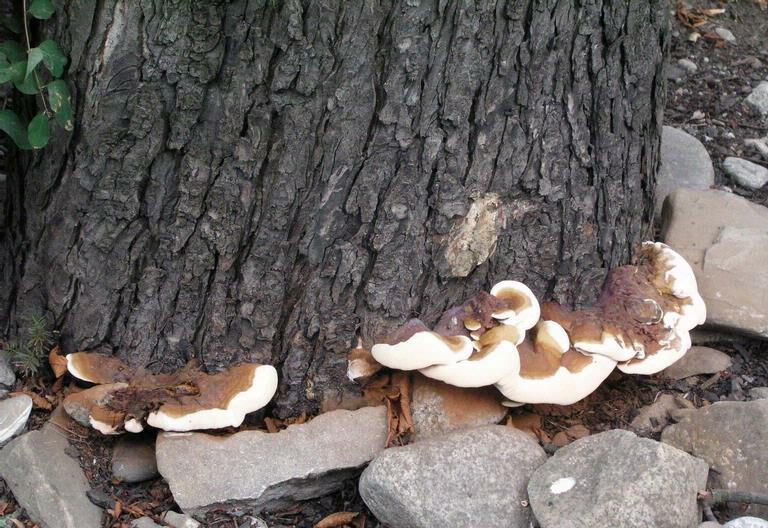
Ganoderma, a fascinating genus of wood-decaying fungi known for its unique appearance, has sparked concerns among tree enthusiasts and arborists regarding its potential to infect and harm other trees. In this article, we will explore the truth behind the question: Can Ganoderma infect other trees?
Understanding Ganoderma
Before we delve into the infectivity of Ganoderma, let’s grasp its characteristics. Ganoderma species primarily thrive on dead or decaying wood, aiding in the natural decomposition process. You can often find them growing on tree stumps, fallen logs, or the lower portions of living trees that have already experienced significant internal decay.
Life Cycle and Spore Dispersal
Ganoderma fungi have a life cycle centered around spore production and dispersal. These spores are released from the visible, shelf-like fruiting bodies found on decaying wood surfaces. They can be carried by wind, insects, or other means to new locations, potentially reaching other trees.
Infection Potential
However, it’s important to note that the mere presence of Ganoderma or its spores on a tree does not necessarily indicate infection. The ability of Ganoderma to infect a tree depends on factors such as the tree species, its health, and any existing wounds or structural weaknesses.
Tree Defense Mechanisms
Trees possess remarkable defense mechanisms against potential infections and diseases, including those caused by Ganoderma. Healthy trees can produce chemical compounds and compartmentalize their tissues to limit the spread of decay. The tree’s bark acts as a protective barrier against external threats, including fungal invasion.
Susceptibility and Weaknesses
Yet, trees that are already compromised or weakened due to various factors may be more susceptible to Ganoderma infection. These factors include wounds from improper pruning or mechanical damage, diseases, as well as environmental stressors like drought or excessive moisture.
Signs of Ganoderma Infection
Detecting Ganoderma infection in trees can be challenging as symptoms may not be apparent until the disease has significantly progressed. Signs of infection include the presence of fruiting bodies on the trunk or root flare, extensive internal decay, and structural instability leading to leaning or tree failure. Consulting a certified arborist is crucial for accurate diagnosis and appropriate management if any of these signs are observed.
Management and Mitigation
When Ganoderma infection is confirmed, management strategies depend on the severity of the decay, the tree’s value, location, and risk potential. In some cases, removing the infected tree may be necessary to prevent hazards, particularly if it poses a safety risk. For less severe cases, implementing measures to improve tree health, such as proper pruning, soil management, and monitoring for additional stressors, can help mitigate the impacts of Ganoderma.
Ganoderma, while capable of producing spores that can reach other trees, does not inherently infect healthy trees. The susceptibility of a tree to Ganoderma infection depends on various factors, including species, health, and vulnerabilities. By practicing proper tree care, conducting regular inspections, and promptly managing wounds or stressors, the risk of Ganoderma infection can be significantly reduced. If you have any concerns related to Ganoderma or other tree-related issues, consulting a certified arborist is always recommended for accurate diagnosis and appropriate actions to preserve the health and safety of our beloved trees.

